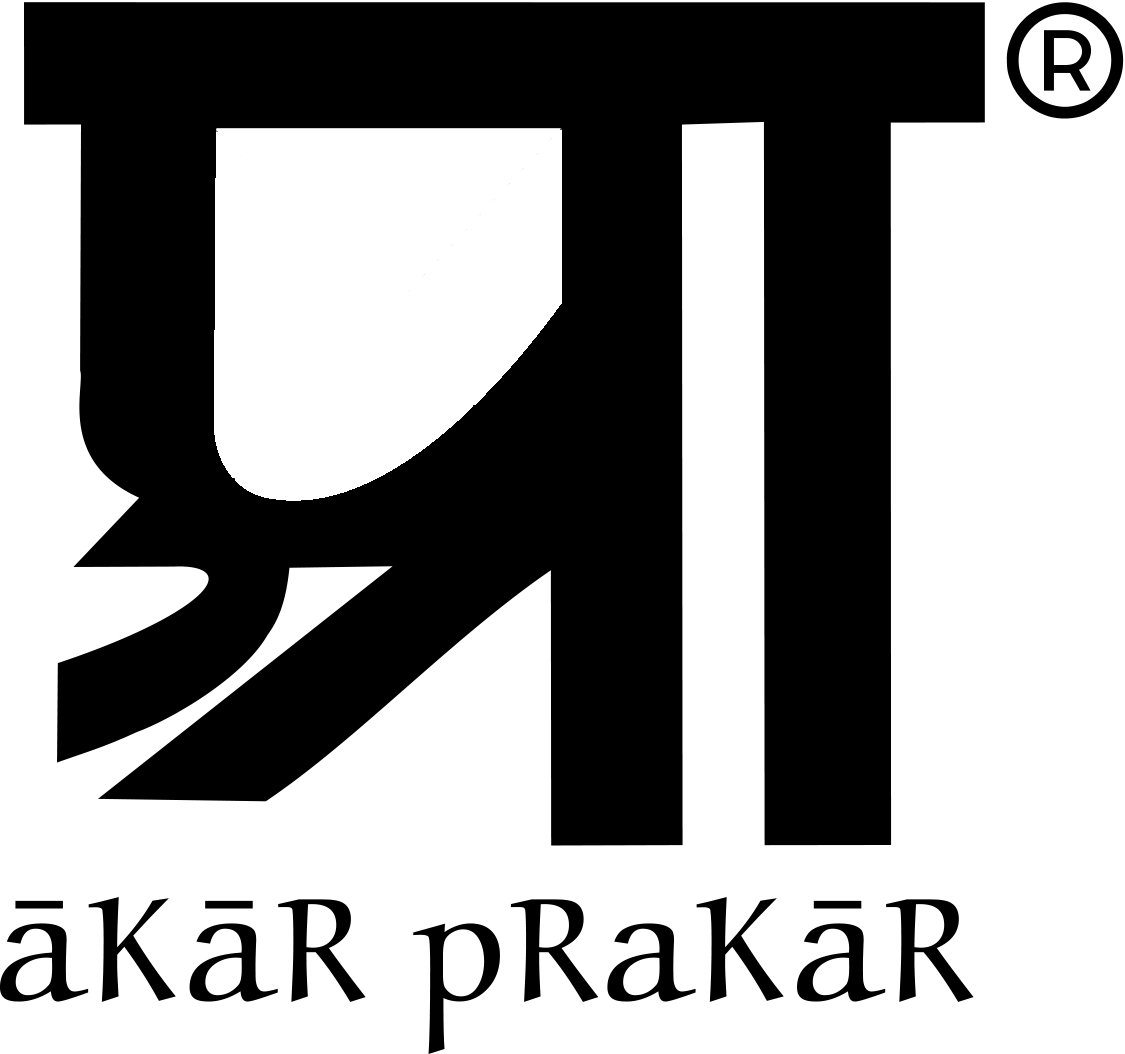artVarta Research Grant 2021: Readers Write - Translating Modern Art debate in Gujarati periodical ‘Kumar’
by Vasvi Oza
Recipient of artVarta Research Grant 2021
Cover Page, first issue of Kumar, 1924
Trained as a visual artist with a practice involving illustrating for children’s books and magazines, I pursued my Ph.D. thesis on the images of (and for) children in Gujarati print material from the early 20th century. It was during the course of this research that I first came across Kumar, a monthly cultural Gujarati periodical started in Ahmedabad, Gujarat, in 1924.
Kumar was founded by Ravishanker Raval, the pioneer Gujarati artist and pedagogue, along with Bachubhai Rawat, a writer and print enthusiast. The first-ever cover page of Kumar carried the tagline Ugati Praja nu Masik - a ‘monthly periodical for the emerging public’. This set the tone for the readership, which was targeted towards the young and emerging literate Gujarati.
Still in print after 96 years, Kumar carried writings about history, science, literature, astronomy, philosophy, sports, current affairs, visual arts, and performing arts, with a range of photographs, drawings, illustrations, scientific diagrams, maps, reproduced artworks, and more. Along with many other images of modernity, Raval and Rawat consistently published reproductions of artworks by local, national and international artists.
Kala ma Vikrutikaran (Distortion in Art), pages 506-507, Jyoti Bhatt, December 1959. Kumar
A few illustrated articles in Kumar introduced the readers to the word Aadhunik Kala (Modern Art), which then led to an interesting debate between 1959 to 1962.
In the 1959 June issue of Kumar, Firoz Shah Rustamji Mehta, a writer and art appreciator wrote a provocative article mocking the Modern Art practices in India and abroad, calling them “vikrut” (distorted). In response, Jyoti Bhatt, a prominent artist, photographer and printmaker, who had just started teaching at the Faculty of Fine Arts, Baroda, in the 60s, responded to Mehta by writing Habsi Mukkabaj (Negro Boxer), an illustrated-article titled after Henri Matisse’s artwork, explaining the characteristics of Modern Art with illustrated examples from different art historical sources.
This debate continued as Mehta responded to Bhatt’s article by writing another piece, to which Bhatt responded with a series of three heavily illustrated articles titled Kala ma Vikrutikaran (Distortion in Art). Interestingly, the readers of Kumar also contributed to this debate by writing letters to the editor in the column Vachako Lakhe Chhe (Readers Write), sharing their own opinions for and against Modern Art.
This debate in Kumar is clearly a sight of critical inquiry, giving us crucial insights into the ways in which a writer, an artist/teacher, and a reader responded to the practices of Modern Art from within the space of a periodical in a vernacular language.
Any attempts to initiate such critical inquiry has to start from making this debate accessible to a wider public. As part of Akar Prakar’s artVarta Research Grant, I will be translating this debate (from Gujarati to English), consisting of six illustrated articles and six readers’ responses. Since images are as crucial in this debate as the words, the illustrations will be traced and re-drawn, as a way of translating them in time.
Vasvi Oza is an artist, art educator and researcher based in Bengaluru. She is currently teaching at the School of Arts and Sciences, Azim Premji University, Bengaluru. Some of the crucial areas for her research practice include print cultures, image-text relationship, and the representation of childhood and art education. Previously, she has worked as Research Co-ordinator for The Baroda Archives Project at Asia Art Archive in 2014; and as Field Researcher and Compiler for The Bibliography of Modern and Contemporary Art Writing of South Asia Project, Asia Art Archive, 2014. As part of the bibliography project, she collected, translated and compiled bibliography of Modern Art writings from Gujarati periodicals and books. In 2018, she worked as Translator-Consultant for Jyoti Bhatt Photography Collection, at the Museum of Art and Photography, Bengaluru.




